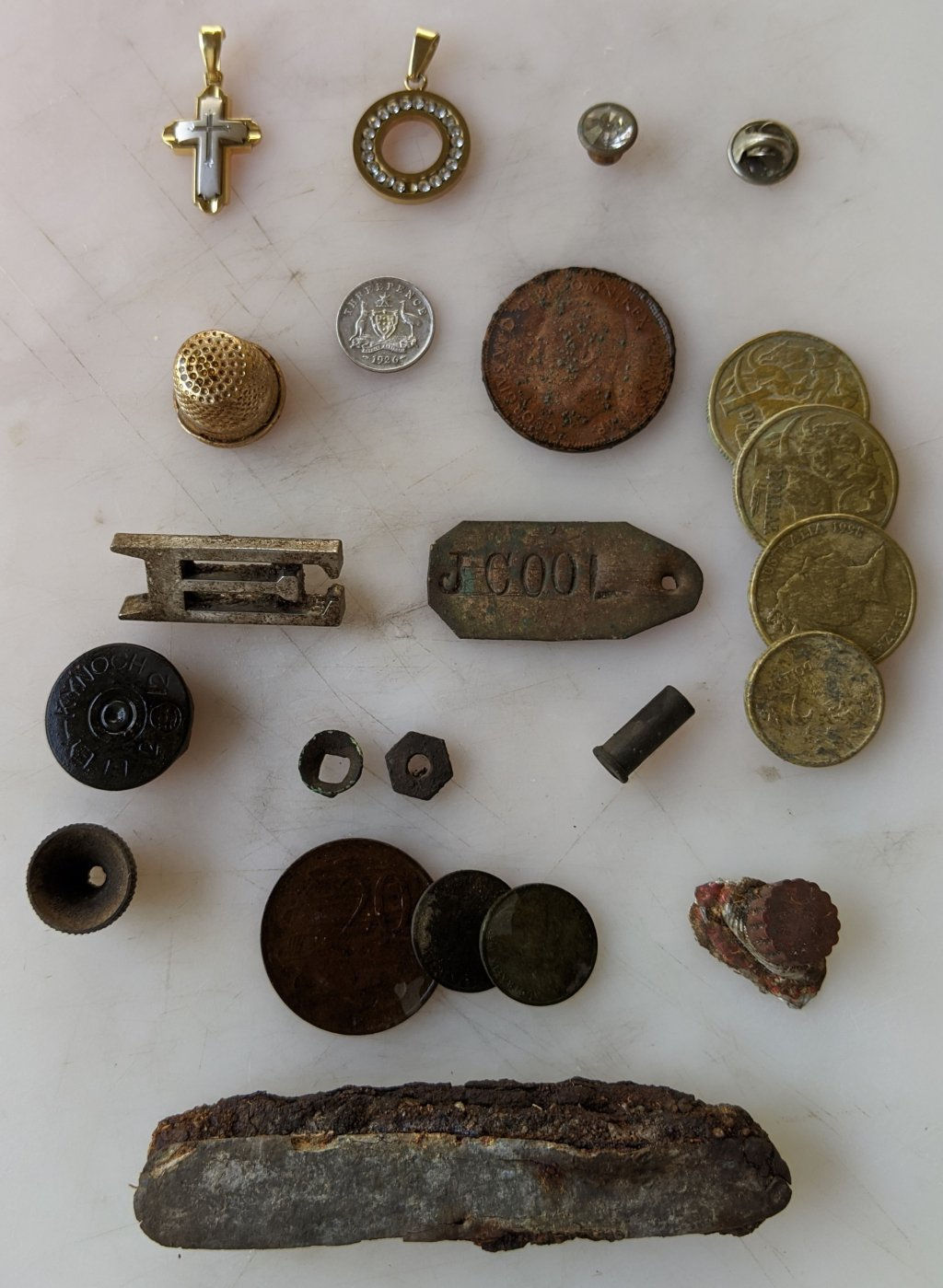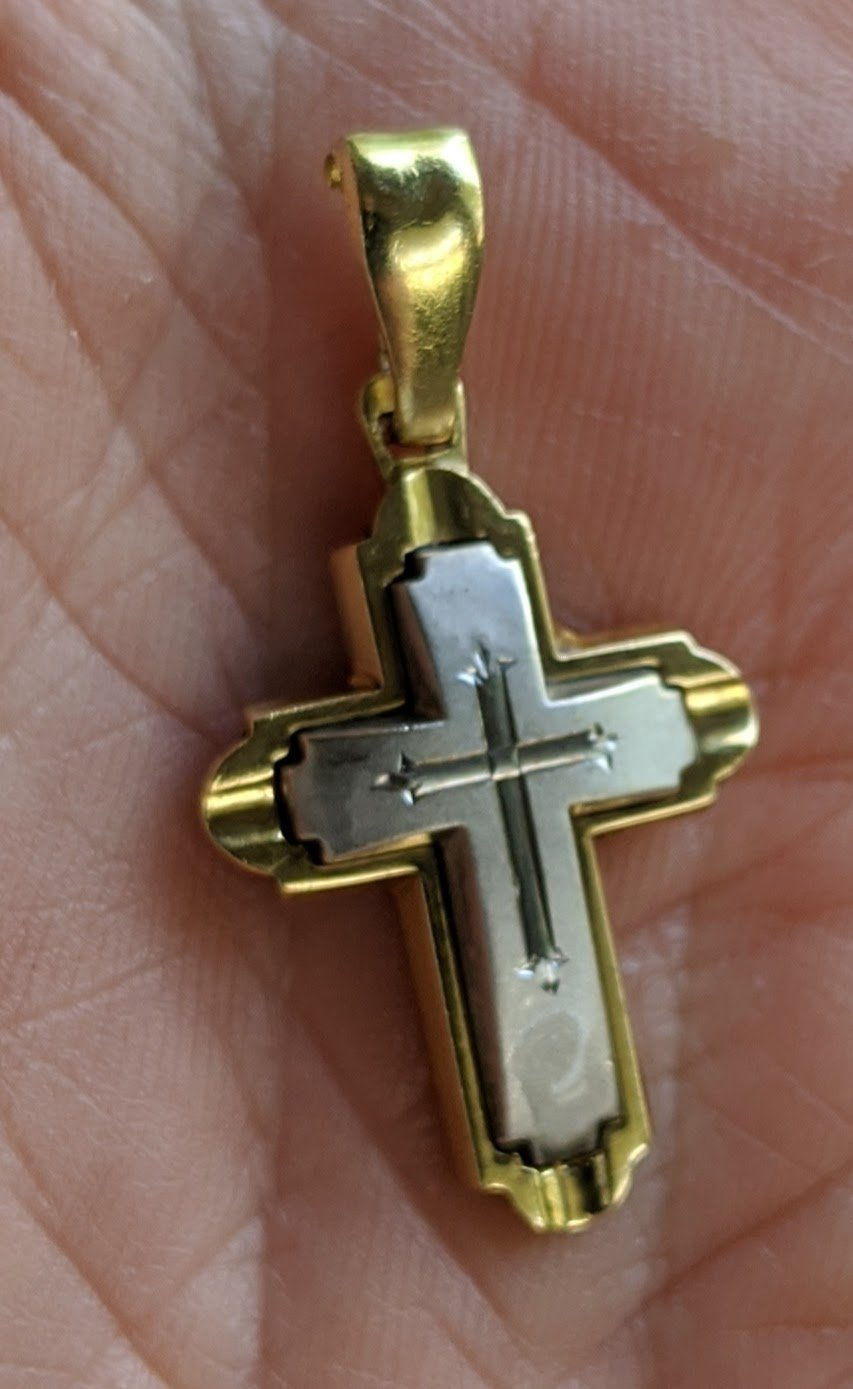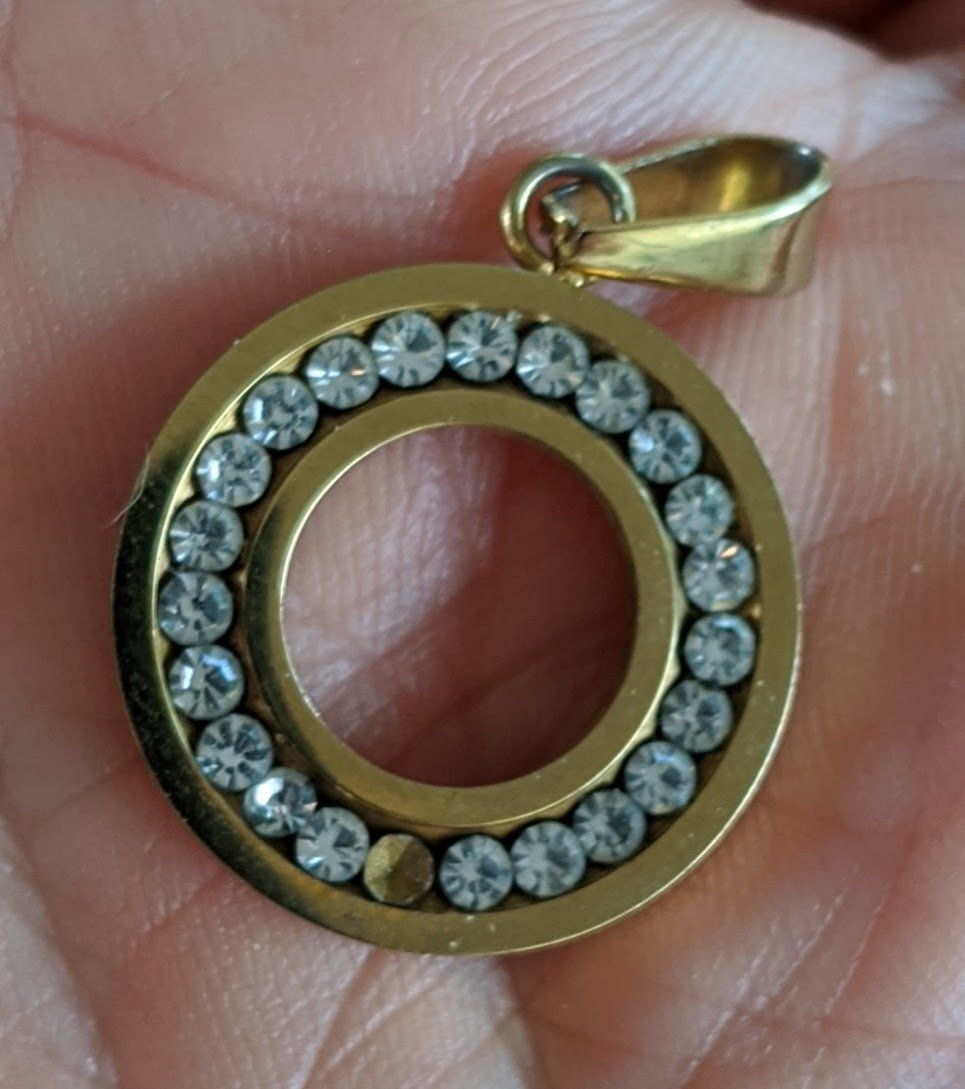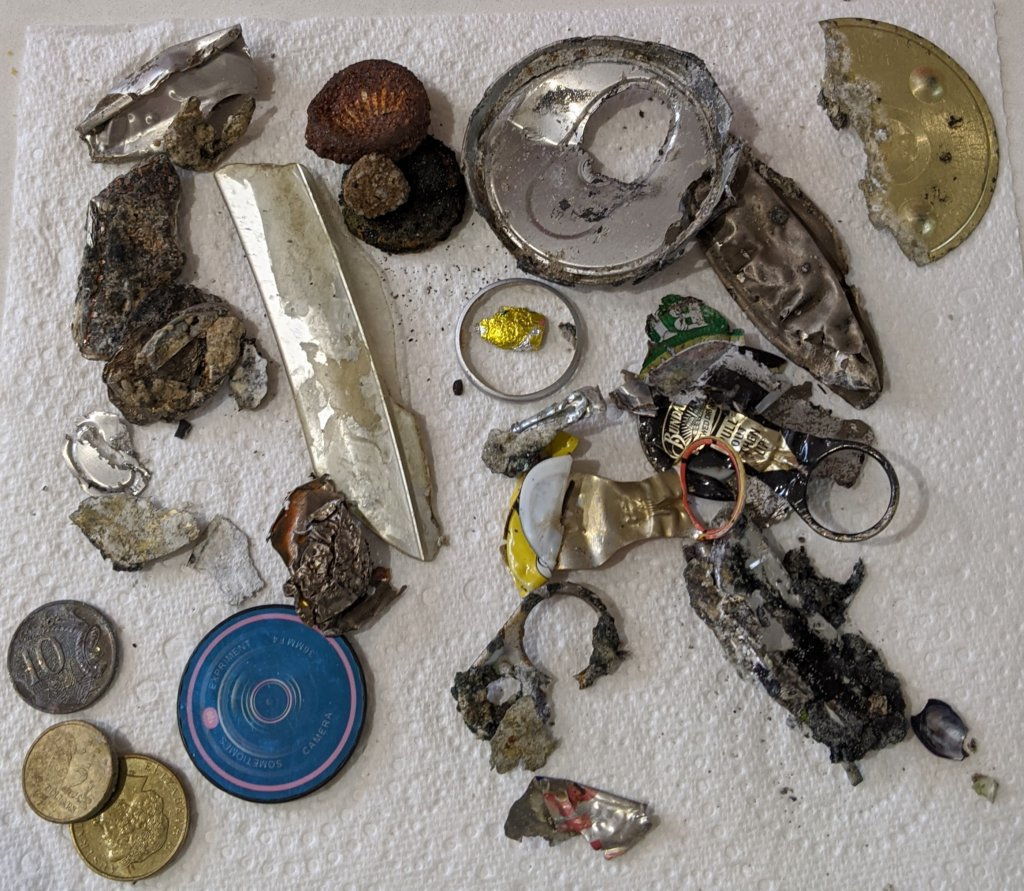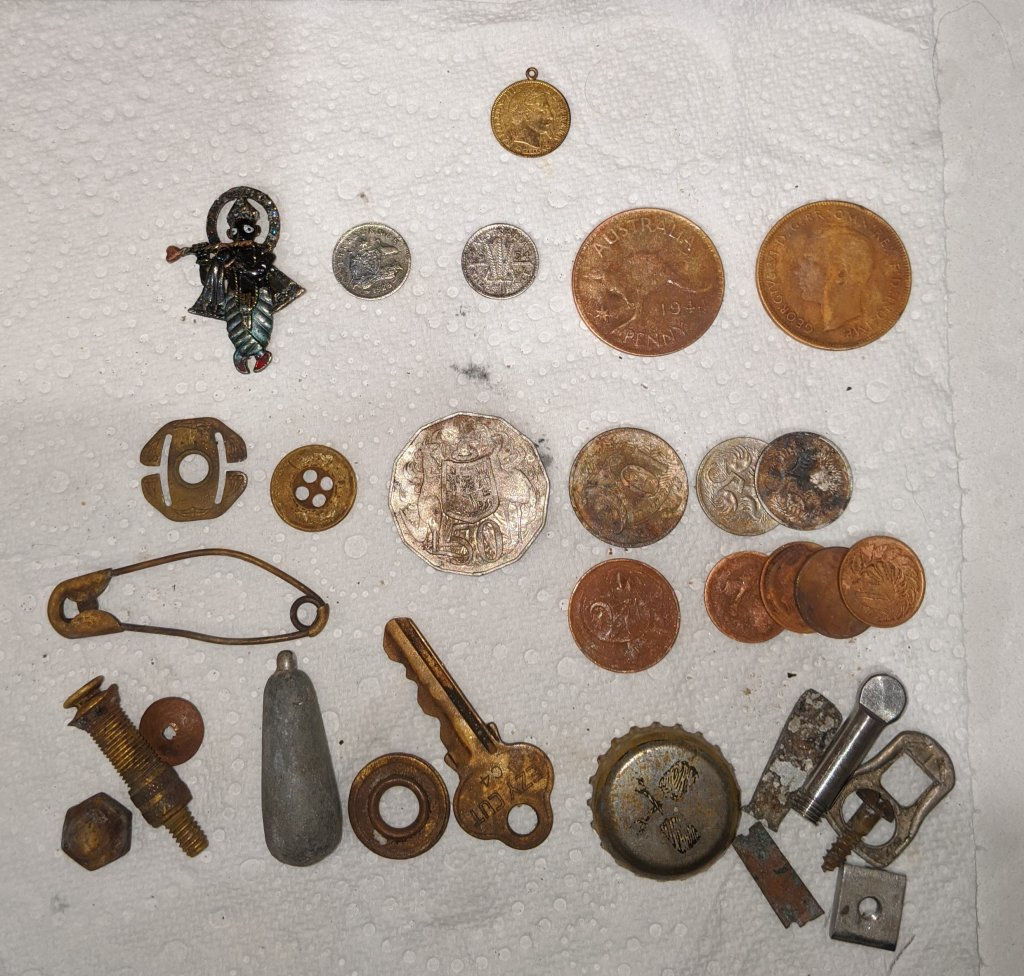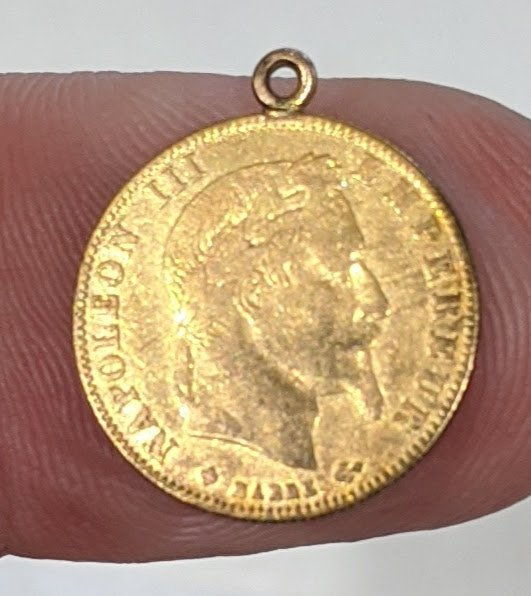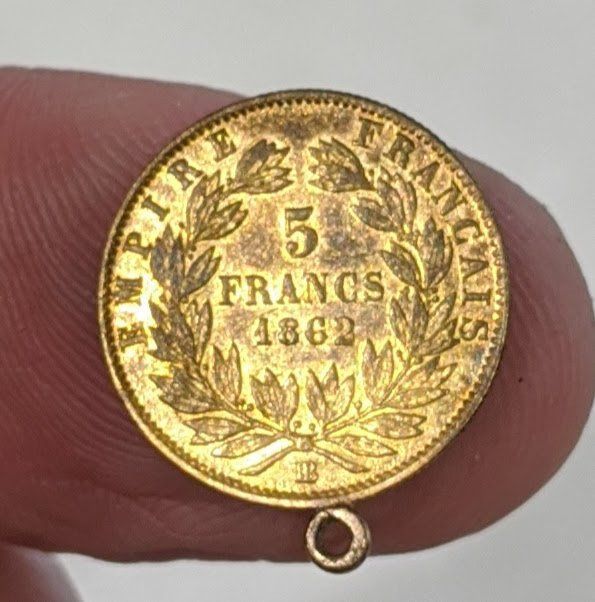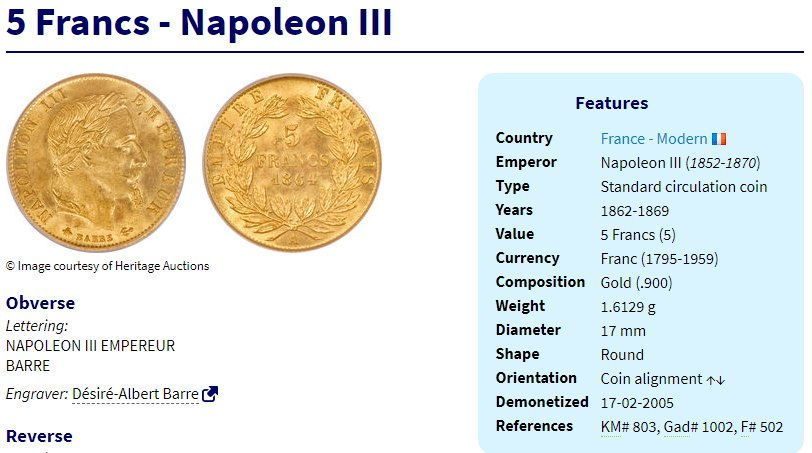Clodmaster said:
Goldpick said:
That's beach detecting for you, can be very hit and miss unless you actively scour the beaches on a regular basis for cuts, holes or rocks at low tide.

I'd love to be able to understand when, why and how some beaches get a build up of sand, whereas others seem to be light-on and develop cuts at low tide. I'm sure there is science behind it.
Just as one example, the beaches along the Adelaide coastline are affected by wave action which transfers the sand from the southern end of the beach to the northern sections. There are physical barriers along those beaches which contribute to the deposition/catchment of sand on the northern sections, including breakwaters and drainage/river outlets. This often leads to the starvation of sand on the southern end of the beach and dumping of sand at the northern end against such barriers, whilst immediately after the physical barrier there can be low areas created, often with rocks and/or a clayey weathered bedrock exposed which hold many of the heavier finds.
That is why after the winter storms sand is trucked from the northern beaches back to the southern beaches again to help re-deposit sand all along the coastline. The other contributing factor is the fact that most of the sand hills in Adelaide have had roads or housing built on them, so the beaches have effectively lost their natural sources of sand resupply.
Also storm activity can either strip a beach of sand creating cuts, gutters and exposing coin lines, or it can have the opposite effect and completely sand in a beach, often depends of the direction of the prevailing winds at the time. In those instances you will either see a very flat beach with little chance of hitting deeper targets, or a steeply cut beach which can have various horizons of targets exposed within effective reach of your detector.
If you do have exposed sand hills and they cop a hiding after a storm, then they can also drop out many targets within several metres of their base, just don't go digging into them. One particular beach I hit a year or so ago had a fair bit of damage done to the sand hills, and that provided over 60 coins including silvers sunbaking on the surface, with other coins being progressively deeper as you moved down the beach.
After storms I would usually go for a drive and physically have a look to see which ones had the most promise for detecting, and that often meant hitting the beach on the lowest tides in the middle of the night. Leave it too long and others will have already taken advantage of the conditions, or the beach may eventually revert back to being sanded in again.






